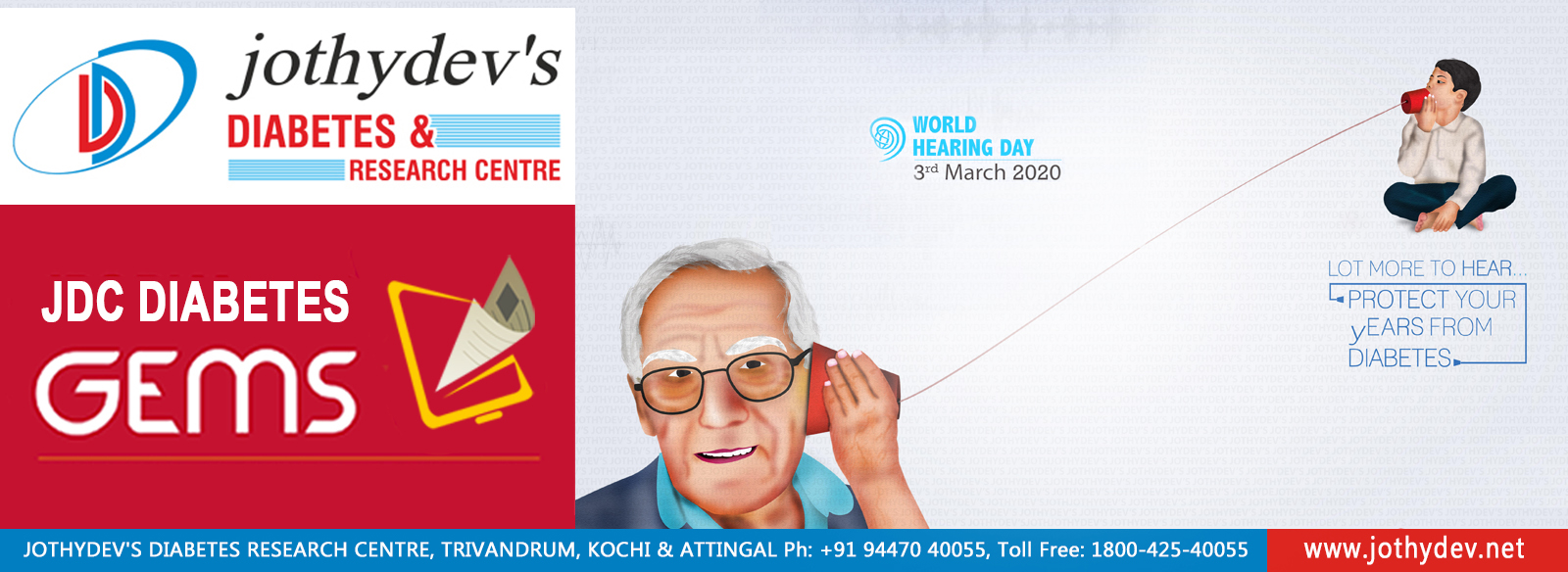
1. Tenascin-C associated with MACE and death risks in patients with T2D

A prospective study recently published in the journal Diabetologia reported that increased levels of tenascin-C (TN-C)
is associated with increased risk of death and major adverse cardiac events (MACE) in patients with type 2 diabetes.
Even though many biomolecules are identified as biomarkers for cardiovascular (CV) events which are thought to improve
risk stratification in diabetes none of these are incorporated into the international guidelines. However, studies
had revealed that a glycoprotein (TN-C) is transiently upregulated at sites of inflammation (eg, after acute myocardial
infarction), and therefore is considered as a potent biomarker for CV. The association with CV and (TN-C) is scientifically
proven but what remains not known is the role of (TN-C) with all-cause deaths and CV risks in people with type 2 diabetes.
To inquire into the effect of TN-C associated CV events and death risks in individuals with type 2 diabetes, 1321 individuals in the SURDIAGENE study were prospectively followed until death or until December 31, 2015, whichever came first. The average age of the included individuals was 64±11 years. Patients with a baseline estimated glomerular filtration rate < 30 mL/min/1.73 m2, a history of prior renal replacement therapy, or a follow-up duration of < 3 months were excluded. 58% of the study participants were males. Blood samples and second morning urine samples were obtained from individuals after an overnight fast to measure TN-C levels.
The median follow-up duration of the study was 89 months that range from 57-130 months, corresponding to 9965 person-years. It was observed the overall mortality rate was 4.4% of total person-years of follow-up duration (95% CI, 4.0-4.8) and the MACE rate was 5.2% of total person-years (95% CI, 4.8-5.7). The most common cause of death was identified as due to CV diseases (54%). Also, there was found an increased baseline serum TN-C concentrations in the group of individuals who died compared with survivors (89.3±49.8 vs 69.0±38.1 ng/mL; P <.0001) and higher in individuals with compared to without incidental MACE (87.2±48.4 vs 68.9±38.6 ng/mL; P <.0001). This result was observed even after adjusting predetermined risk factors, including smoking status, treatment with statins, and hypertension, higher TN-C concentrations were significantly associated with risks for all-cause death and MACE.
This study showed that higher serum TN-C concentrations were significantly associated with an increased risk for mortality and MACE in type 2 diabetes. In addition, it is observed that TN-C showed a significant predictive value not only for all-cause death, but also for MACE, suggesting that the over expression of TN-C in individuals with type 2 diabetes may be linked to CV disease development and progression.
For enquiries info@jothydev.net.
Please visit: jothydev.net | research.jothydev.com | diabscreenkerala.net | jothydev.com/newsletter
